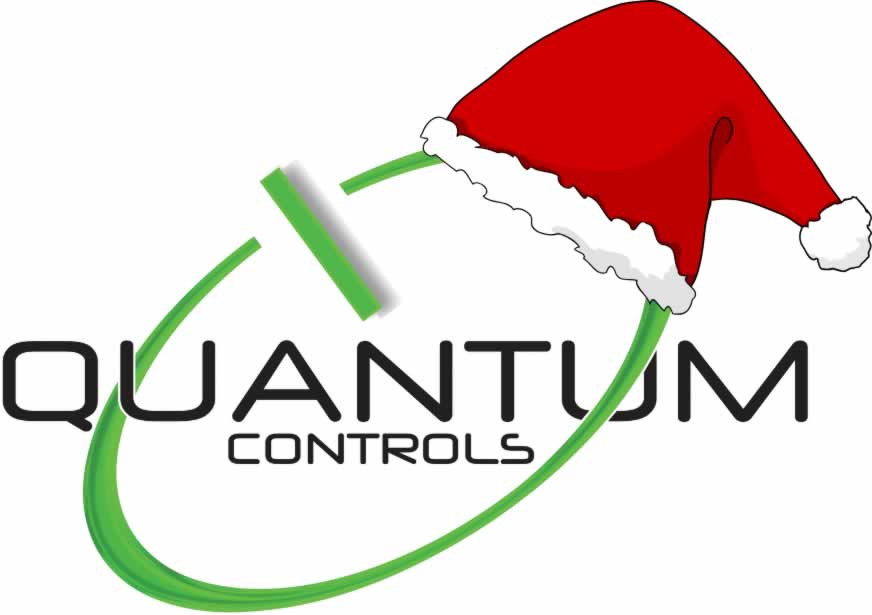Variable Speed Drive Applications
Probably the first question that should be asked is what type of application you are considering for a VSD. There are basically three types: constant torque, variable torque and constant kW applications. It must be pointed out that constant and variable torque loads are the dominant two types of applications.
-
A constant torque load is one in which the torque required is independent of the speed.
The torque can be 100% throughout the speed range or vary. Examples of constant torque loads are conveyors, rotary lobe pumps, positive displacement pumps and compressors, punch presses, wire drawing machines, paper machines and printing presses. Considerations when applying VSD’s to these types of loads will be starting torque requirements, speed regulation, torque response and close loop capabilities.
-
Variable torque loads are applications where the torque required is proportional to the speed.
This is where the basic affinity laws apply and as a result energy savings. The volume is directly proportional to speed, pressure is proportional to the square of the speed and power is proportional to the cube of the speed. Typical applications are most pumps, fans and specific HVAC applications which fall under the definition as centrifugal loads. When a VFD is applied to a centrifugal load the kW drawn from the AC lines very nearly follows the centrifugal load curve. Since the functional relationship of kW {or power) to speed is cubic, the energy required drops almost cubically as the speed is reduced. Most centrifugal loads today use some mechanical means to vary the volume, be it valves, dampers etc. The obvious reason to use a VSD for centrifugal loads is the potential energy to be saved. In the majority of most applications, the energy saved will offset the initial cost and justify a suitable payback not to mention the ability to achieve precise control.
Constant torque loads are applications where torque varies inversely with speed. These types of loads require high torque at low speeds and low torque at high speeds. Typical applications are lathes and metal cutting tools operating over wide speed ranges. Some extruders, mixers and centre driven winders can also be constant horsepower type applications.
The type of application you intend the variable speed drive to be used upon must to be considered in order to ensure the correct drive is selected.
“Examples of constant torque loads are conveyors, rotary lobe pumps, positive displacement pumps and compressors, punch presses, wire drawing machines, paper machines and printing presses.”
